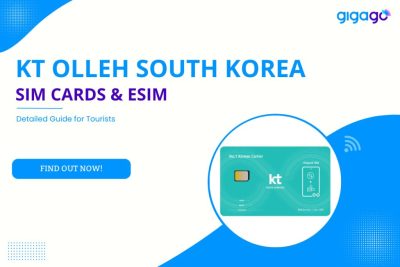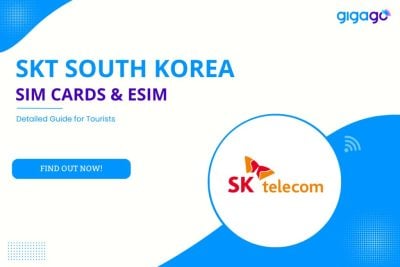From comparing carriers to finding the best deals and exploring eSIM alternatives, we’ve got everything covered to keep you online without the hassle. Let’s dive into the essentials!
Data Roaming in South Korea & Alternatives: Which Option to Choose?
South Korea is a popular tourist destination that sees millions of international visitors every year. However, many travelers are surprised by expensive mobile data roaming charges on their phone bills after a trip. This guide provides tourists with information about data roaming in South Korea. It explains what data roaming is, potential costs, and clear steps to avoid fees by disabling the feature or getting a local SIM card. Let’s dive into!

In this article
I. Phone Roaming in South Korea – Quick Facts for Tourists
As a tourist, there are some important things to know about roaming in South Korea:
- Roaming availability: prior to departure to South Korea, you should check with your mobile network operator to make sure that they have roaming services in South Korea. In fact, not all carriers have deals with South Korean networks, so confirm in advance.
- Roaming charges: In South Korea, your call/text rates may be higher than at home due to roaming charges. Roaming charges can vary significantly and may include fees for calls, texts, and data usage. Check your home carrier’s roaming rates and ask about data caps or limitations. Alternatively, you can buy a local South Korea SIM to avoid roaming fees.
- Roaming packages: Most mobile network carriers provide specific roaming packages for tourists. These packages often include a certain amount of data, voice calls, and text messages for a certain fee per day or month. Check with your local carrier to see if they have any suitable package for South Korea that can help you save on roaming costs.
- Most cell phones will automatically connect to the local network for roaming. You often do not need to take anything to enable it.
- Downloads are limited to maximum HSPA+/LTE speeds while roaming internationally on Korean networks.
- Voice calls and texts also apply roaming charges but pricing is generally more expensive than data passes.
II. Understand about Roaming in South Korea – How It Works

What is phone roaming in South Korea?
Phone roaming means using your cell phone and its service when you are abroad, outside of your home country network coverage area.
What is data roaming in South Korea?
Data roaming in South Korea allows you to access the Internet on your cellular device while traveling in South Korea. You can use your phone to surf the web, check emails, stream videos or music, use social media, like you would do at home.
If you use a lot of data or roam for an extended period, data roaming is particularly expensive.
Which mobile network carriers offer roaming services for travelers to South Korea?
- All three major mobile network operators in South Korea – SK Telecom, KT South Korea, and LG Uplus – offer roaming plans for their customers, which can be a cost-effective option if you plan to stay in the country for an extended period.
- Some mobile virtual network operators (MVNOs) in South Korea, such as Olleh and Lotte Data Communication Company, also offer roaming plans to their customers. It is recommended to check with your specific mobile network operator for the most up-to-date information on their roaming plans and pricing.
How data roaming in South Korea works?
- Data roaming is enabled by default, but you can disable it to avoid international rates. Carriers may send usage alerts.
- Real-time usage and balances can be tracked via each carrier’s mobile app or online account access. Data passes expire after a set time.
Can your phone roam in South Korea?
Korea uses WCDMA and LTE networks, so your device must also support these standards to roam. Verify compatibility with your home carrier.
III. Is the Roaming Rate in South Korea Expensive?
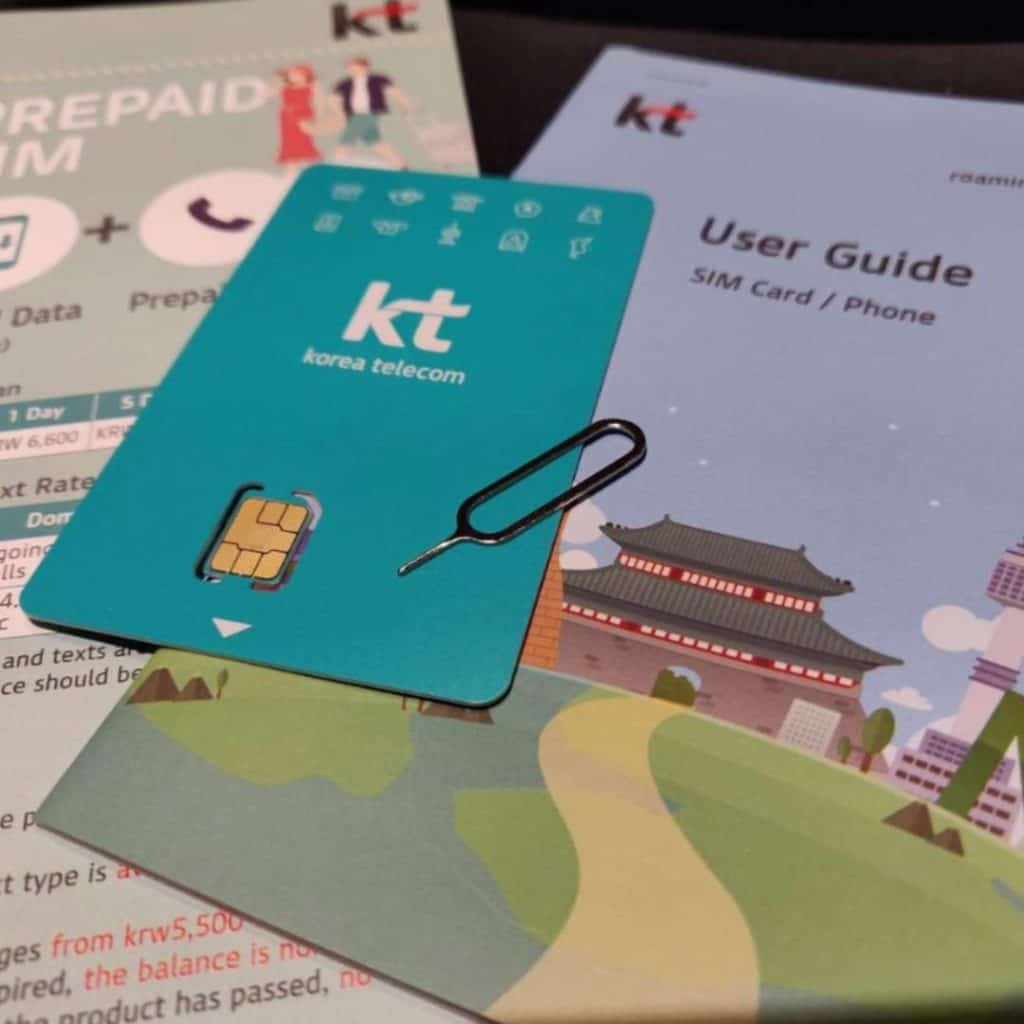
Roaming rates in South Korea are rather expensive, depending on the mobile network carrier and the specific roaming plan. On average, voice calls can cost around $1-$3 per minute, while data usage can cost $5-$10 per MB.
However, there are also more affordable roaming plans available, such as daily or weekly packages, that can help reduce the cost of roaming.
▶ Our recommendation: check with your mobile network operator for the most up-to-date information on their roaming rates and plans.
IV. How to Avoid Roaming Charges When Traveling to South Korea – 6 Ways for Tourists
There are 06 main ways to avoid roaming charges while traveling in South Korea for tourists:
1. Purchase a Local SIM Card
When you arrive in South Korea, you can purchase a prepaid local SIM card from a mobile network operator in South Korea like SK Telecom, KT, or LG U+ and replace it with your current SIM card.
Cost: The cost of a local SIM card can vary depending on the mobile network operator and the plan you choose. Prices typically range from around $10 to $50.
Pros: make calls, send texts and use data within Korea without any roaming fees.
Cons:
- require unlocked phones to use a local SIM card.
- need to provide identification
- registering with the mobile network operator can be time-consuming.
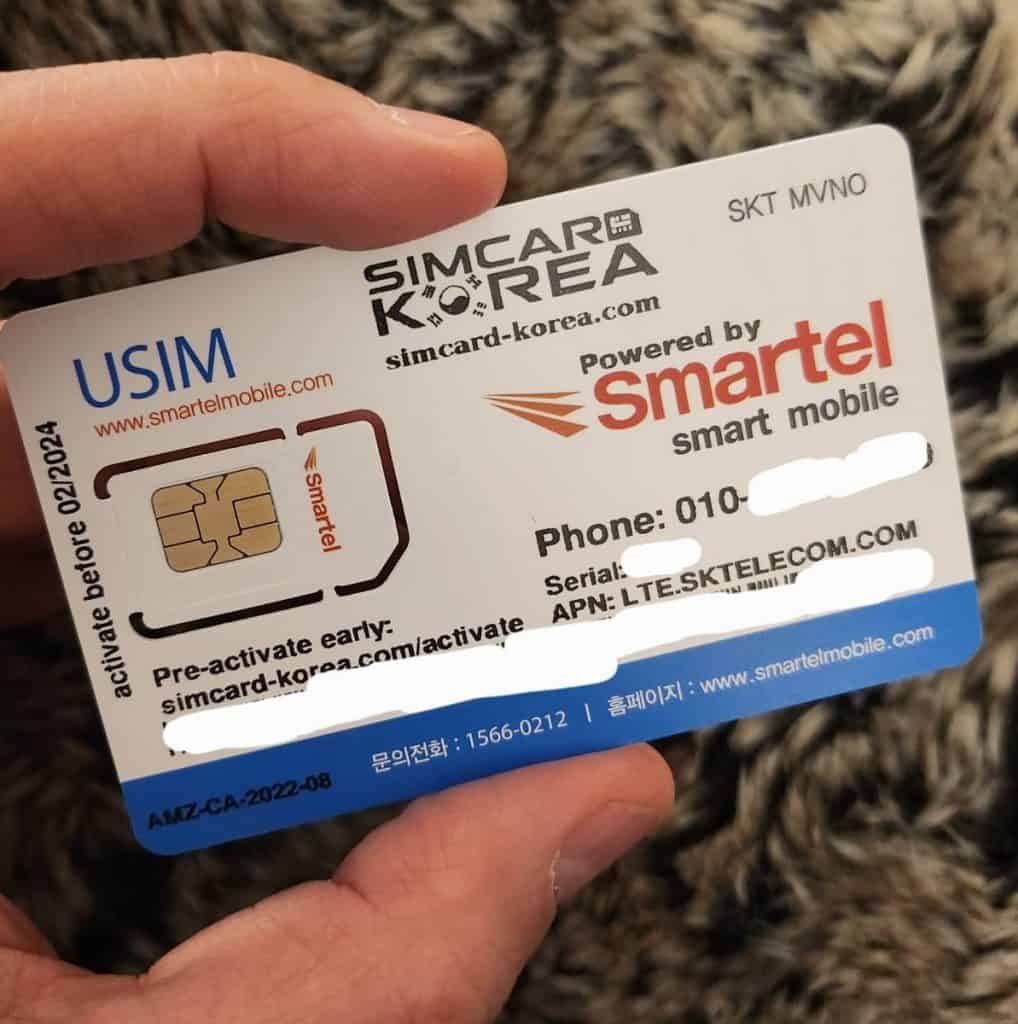
2. Use a Roaming Package from Your Home Network
How it works: You can purchase a roaming package from daily or weekly data packages specifically for travelers looking to stay connected while roaming.
Pick the amount that suits your usage needs and pre-pay for it at a lower rate than pay-as-you-go charges. Check online for purchase options before your trip.
Cost: vary depending on the mobile network operator and specific plan. Prices typically range from around $5 to $15 per day.
Pros: convenient because you can continue to use your current phone number and SIM card.
Cons:
- expensive, especially if you plan to use a lot of data or stay in South Korea for an extended period.
- not all mobile network operators offer roaming packages for South Korea.
3. Connect to Wi-Fi Networks Whenever Possible
You can connect to Wi-Fi networks in South Korea to access the internet on your mobile device without using data roaming.
Cost: Free, although some Wi-Fi networks may require a fee or registration.
Pros: can be a cost-effective way to avoid data roaming charges, as you can use the internet for free or at a lower cost.
Cons:
- not be available everywhere, and
- the quality of the connection can vary depending on the location and network.
- can be a security risk, as they may be unsecured or unencrypted.
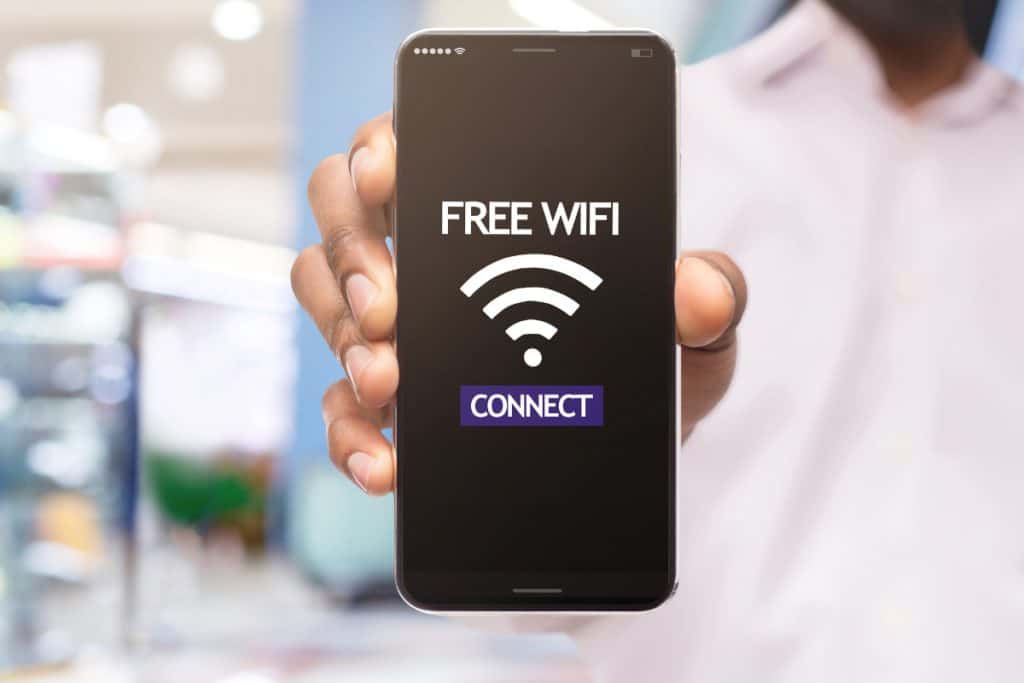
4. Use a Roaming SIM Card
You can purchase a roaming SIM card from a third-party provider that allows you to use voice, text, and data services in South Korea without incurring roaming charges.
Cost: vary depending on the provider and the specific plan you choose. Prices typically range from around $20 to $50.
Pros:
- convenient way to avoid roaming charges, as you can continue to use your current phone number and SIM card.
- lower rates than traditional roaming packages.
Cons:
- Not all mobile devices are compatible with roaming SIM cards.
- Register with the provider and provide identification, which can be a time-consuming process.
5. A Wi-Fi pocket
A WiFi pocket is a small, portable device that provides wireless internet access through a local network.
How it works:
You can rent a Wi-Fi pocket from a local rental company or online service. It is usually small and lightweight, and can be easily carried in a pocket or bag. You can connect multiple devices to the Wi-Fi pocket, including smartphones, tablets, and laptops.
Cost:
Cost varies depending on the rental company and the length of the rental period. It often costs around $5 to $10 per day for a Wi-Fi pocket rental. Some companies offer discounts for longer rental periods, so it may be worth considering if you plan to stay in South Korea for an extended period.
Pros:
- avoid roaming charges, especially if you plan to use your phone or other devices frequently for browsing, streaming, or social media.
- faster and more stable internet connection than relying on public Wi-Fi networks.
- connect multiple devices to a Wi-Fi pocket, which can be helpful if you’re traveling with family or friends.
- easy to use and don’t require any installation or configuration.
Cons:
- possibly more expensive than purchasing a local SIM card or using a roaming package from your home network.
- limited battery life, so you may need to recharge the device frequently.
- connectivity issues or slow speeds in certain areas, especially if you’re in a rural or remote location.
- possibly require a deposit or other forms of identification, which can be a hassle.
6. Use message and communication apps
Another way to avoid roaming charges while traveling is using message and communication apps like WhatsApp, Facebook Messenger or LINE before your trip.
By this way, you can send messages and make calls for free over WiFi. Skype to contact family and friends back home without using any cellular data.
V. South Korea eSIM – Alternative to Data Roaming in South Korea to Get Internet
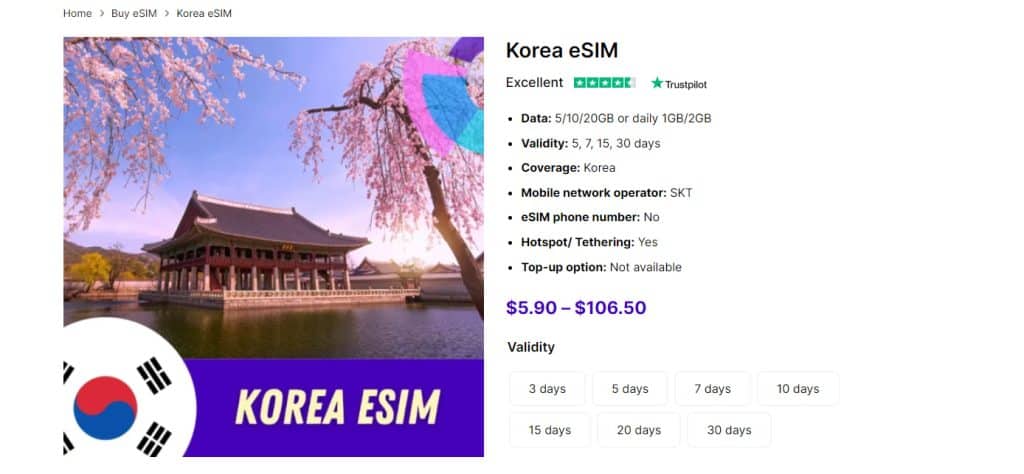
As you can see many benefits of a physical local SIM card for tourists.
If your phone works with eSIM, there is no reason not to use South Korean eSIM for staying connected during your trip.
Here is a comparison table between South Korea eSIM and roaming with your home SIM card:
| Criteria | eSIM | Roaming with home SIM |
| Cost | Usually cheaper than roaming rates if you buy a mobile plan. | Very expensive to roam internationally without a plan. Prices are per megabyte used. |
| Convenience | Easy online setup, no SIM swap. | No setup needed but phone will constantly try foreign networks. |
| Device Compatibility | Check if your device supports eSIM activation. | Any phone can roam but incompatibility issues are possible. |
| Setup Process | Purchase and activate a plan remotely. | No action needed but high roaming bills can occur accidentally. |
| Network Coverage | Coverage on one Korean network only. | Roaming between all carriers’ networks but speeds may be slower. |
| Data Usage | Stuck within purchased plan limits. | Very easy to rack up huge roaming overages without realizing. |
So which eSIM providers to choose for the best experience?
Gigago is the best provider of eSIM for South Korean and other countries.
For South Korea, Gigago offers multiple data plan options, starting from a 3-day plan with 1GB of data per day for $5.90 as their most minimal plan. They also have 5-day, 7-day, 10-day, 15-day, 20-day, and 30-day plans ranging from 1GB to unlimited data per day, with prices from $5.90 up to $106.50.
Benefits of Gigago South Korea eSIM:
- 100% online: from buying to setting up and activating
- Easy to use
- Stable connection at competitive prices
To get more details about plan features and installation guide, visit Gigago South Korea eSIM.
Important note: To buy an eSIM for South Korea, make sure your phone is unlocked and eSIM-supported. Check this full updated list of eSIM-compatible devices.
VI. How to Turn Off Data Roaming When Traveling in South Korea
Learning how to turn off data roaming is essential to help save your cost while traveling in South Korea. Here we explain how to do it with the Android and iOS version.
1. Turn off international roaming on Android When Traveling in South Korea
Here are the steps to turn off data roaming when traveling to South Korea:
- Open your phone’s settings
- Select Network & Internet or Wireless and networks depending on your Android version
- Select Mobile Network or Mobile data
- Find the “Data Roaming” option, toggle it to “Off”
- Confirm by tapping “OK”
2. Turn off international roaming on iPhones (iOS)
For iPhone, take the steps below to switch off roaming functionality:
- Open the Settings app.
- Tap “Cellular” or “Mobile data” depending on your phone model
- Toggle off International Roaming. This will disable data roaming and international calling when traveling abroad.
- You will see a message asking to confirm turning off international roaming. Tap Turn Off to confirm.
- To turn international roaming back on, just repeat the above steps and toggle International Roaming back to the on position.
Note: If you have an iPhone with a physical SIM card, you can also turn off international roaming by removing the SIM card before you travel.
VII. FAQs about Data Roaming in South Korea
How much does it cost to use data in South Korea?
Using data while roaming in South Korea can be very expensive, ranging from $10-20 per megabyte. It’s best to disable roaming on your phone unless you purchase a local Korean SIM card. Prepaid data SIMs usually offer 1-2GB for around $20-30.
How do I disable data roaming on my phone in South Korea?
On iPhones, go to Settings > Mobile Data and turn off the “Roaming” option. On Android phones, go to Settings > Network & Internet/Wireless & Networks > Mobile Network and disable “Data Roaming.” This prevents unexpected charges from roaming.
Can I still make calls when roaming in South Korea?
Yes, you should be able to make and receive voice calls while roaming. However, you may be charged outside of any included roaming minutes. It’s cheaper to use messaging apps like KakaoTalk over WiFi instead of cellular data.
What should I do if I go over my data limit?
Switch off your mobile data immediately to avoid heavy overage fees. Only use WiFi until you get back. You can also contact your carrier to buy more roaming data bundles if necessary during your trip.
VIII. Conclusion
In conclusion, charges of data roaming in South Korea can be expensive for international visitors if proper precautions are not taken. To avoid unwanted roaming fees, it is strongly recommended that tourists purchase a local prepaid SIM card from one of the major Korean carriers upon arrival. This provides an affordable way to access data services without roaming charges during your whole trip. Travel eSIMs are another excellent option if supported by your device. Either way, using a local SIM is by far the most cost-effective way to use your phone in South Korea.


